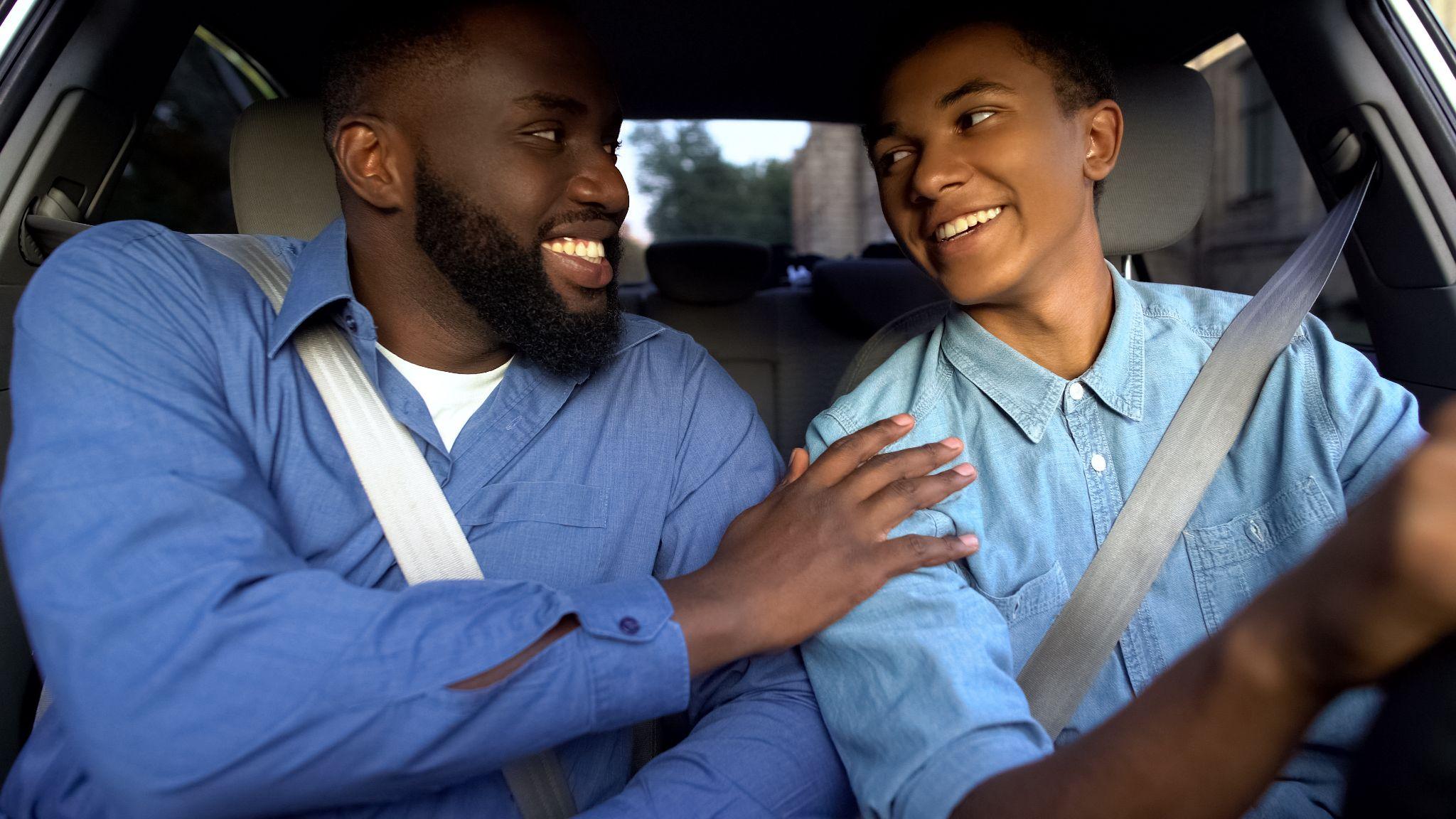
How to get a learner’s permit in Florida is an important question in the process toward becoming a licensed driver. There are specific requirements and steps you need to take in order to obtain your learner’s permit in the state of Florida. From studying for the written exam to passing different tests, you must complete multiple steps to be able to drive with adult supervision.
Requirements for State of Florida Learner’s Permits
- Must be at least 14 ½ to start the process and 15 to apply for your permit.
- Complete and pass the TLSAE online course.
- Pass vision and hearing tests.
- Pass the online learner’s permit test.
- Provide the necessary documentation.
These steps are not complicated or difficult to complete. Here is further information about each one.
Step 1: Take Your TLSAE Course Online
Florida requires all first-time drivers, regardless of age, to complete and pass the TLSAE course. This course is also called several other names, such as:
- The Florida Drug and Alcohol Course
- Florida Traffic Law Substance Education Course
- Florida Substance Abuse Education TLSAE Course
Step 2: Study the Florida Drivers Handbook
The Florida Drivers Handbook is the study guide for all new drivers in Florida who have never held a license and need to learn the laws and rules of the road. The handbook will cover all of the road signs and road rules information that will be tested on the 50-question learner’s permit exam.
Step 3: Take Your Florida Learner’s Permit Test Online

Once you feel prepared after studying the Florida Drivers Handbook, it is time to take your Class E Knowledge Exam, the official name of the Florida learner’s permit test. The exam can only be completed online by those who are under 18. Anyone who is 18 years of age or older must complete the exam in person at the FLHSMV (Florida Highway Safety and Motor Vehicles) location near you.
To pass, you must answer at least 40 questions correctly out of the 50 multiple choice questions. You are allowed to retake this driving test if you fail it the first time. However, you can only attempt it two more times online. If you do not pass it after the third attempt, you will need to retake it in person at the FLHSMV.
Step 4: Gather the Required Documentation
After passing your TLSAE course and learner’s permit test, you are ready to head to the FLHSMV to get your learner’s permit. You will need to bring along specific documentation required by the state, including:
- Proof of test completion: You will need to print proof of the Traffic Law and Substance Abuse Education certificate. The knowledge exam will not have a certificate and should be found in the DHSMV system.
- Proof of identification: You will need your birth certificate, state-issued photo identification card, or a valid U.S. passport.
- Proof of Social Security Number: You need to bring along your Social Security card or show a W2 from an employer that has your full name and Social Security number on it.
- Two proofs of residency: Florida has strict residency requirements to establish proof of residential address in the state. A school transcript or report card with your name and address is acceptable as one of the documents. For the other one, you can either provide a bill in your name with your address on it or have your parent or guardian sign a Certification of Address Form and provide proof of residency in the form of a utility bill, mortgage statement, or signed lease.
- FLHSMV parental consent form and protecting form: Your parent or guardian will need to sign these forms at the FLHSMV or have them notarized, which essentially says they give permission for you to get a learner’s permit and will ensure you will be accompanied by a licensed driver at all times until you get your driver’s license.
Step 5: Pass the Vision and Hearing Tests
When you are at the FLHSMV, you will be required to pass the vision and hearing tests before you can obtain a Florida driver license learner’s permit. If needed, you can use glasses or contact lenses to pass the vision test. You can also use hearing aids to pass the hearing test if required. If you need to wear glasses or contacts and use a hearing aid, they will be listed as restrictions on your Florida driver license learner’s permit.
What Can You Do with a Florida Learner’s Permit?
Initially, if you are under the age of 18, you are limited on where, when, and how you can drive. During the first three months, you can only drive during the daytime. You can drive at night at the start of the fourth month, but not past 10 p.m.
You must be accompanied by a licensed driver who is 21 or older. This person can be a parent, legal guardian, sibling, aunt, uncle, etc. You must drive with your learner’s permit for one year before applying for your driver’s license.
Additionally, you must meet a minimum of 50 hours of driving time with at least 10 hours of nighttime driving. Furthermore, you cannot have any moving violations or traffic tickets issued during this time. If you do, you may not be able to get your driver’s license until you are 18.
Take Your TLSAE and Florida Learner’s Permit Tests Online Today
Getting your Florida learner’s permit is easy if you complete the necessary courses and tests online at Ticket School. To get started, enroll in our state-approved courses today! Call us at (800) 558-9887 if you have further questions or need assistance.
